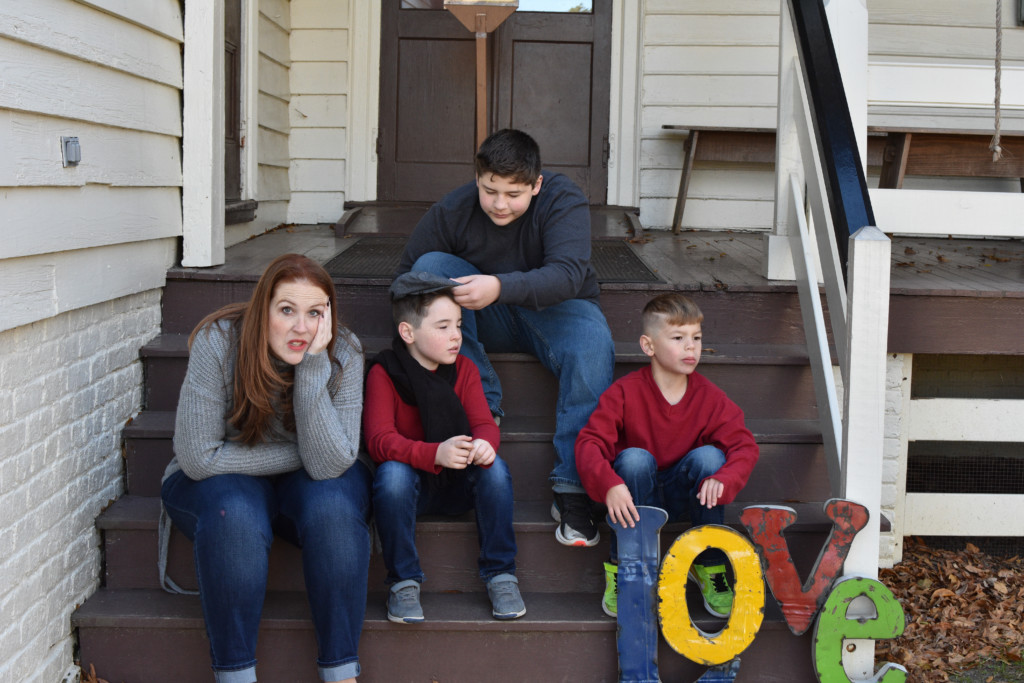“Respect your elders.”
That is a core moral value heard most often when we were little. But what does it mean to a child? To me, it meant listening quietly and obeying when needed.
In today’s world where respect is conditionally earned, respect foremost is treating people equally: knowing when to agree to disagree, accepting others without judgment, and acknowledging their worth as an individual—unique abilities, background, choices, and all! But how do you teach a child this all-encompassing, complicated quality?
We would have to concede that it would begin with obeying authority. But in today’s world, it is important to be able to differentiate right from wrong—keeping in mind your self-respect and avoiding peer pressure to succumb to disrespecting differences.
1. Begin With Self-Respect
Teach the child at an early age that it is okay to have different opinions than those around them. When we as parents validate what they choose (within reason, i.e. not playing with kids that boss them around, not letting their friends bully another), we lead by example that their opinion matters. Encouraging them to be okay with being alone when they do not like a game others are playing is another way. Letting you child not share things they most value is another great example I have come to see the value of.
2. Acknowledge All People
Teach your child to smile and say “hello” or nod at everyone they meet. This is the simplest way to accept another’s existence. It teaches them inclusion early on.
Let kids know it is okay to be different by talking about differences they can visualize early—body shape, color, lifestyle choices, etc. A great way is to go online and make the kids world-conscious of how different people around the world live. Raising World Children is such an endeavor so that you as a parent can introduce children to different kinds of lives from around the world.
3. Practice Pleases and Thank Yous
Often, I see kids grab and go! Goody bags, treats, and candy are more than instant gratification. They are opportunities to teach your child the value of gratitude and humbleness. Make sure they practice the same to encompass the humility required to appreciate kind gestures made by others.
4. Correct the “No, you didn’t.”
I have seen it happen so many times. A kid says something that’s far fetched and another kid, usually older, will counter it. “No, you didn’t.” The first child gets riled up and says, “Yes, … ” and they go into a vicious circle of proving each other wrong. Stop your child from doing that to another. It is important for children to know that they have to let people be or choose to believe what they want at times. They don’t have to break the bubble of every child who believes in Santa or that they are a superhero!
5. Hands to Yourself
Teaching your child to never hug, kiss, tickle, hit, bite another is one of the most important aspects of respect. We need to teach children to understand that their actions, even words, have the power of affecting another. Not throwing around toys and caring for other people’s stuff when using it is another important way to teach kids to have healthy boundaries.
6. Listening Not Just With Ears
Kids have a great sensitivity to moods around them. But with time and social media, listening with your ears and eyes has become a skill that needs to be re-honed. With the short attention spans we humans have these days, it is crucial that we teach kids to let others voice their opinion and listen with our being so as to be able to empathize with an opinion different than ours—to observe with their eyes when someone is visibly uncomfortable or hurt by what they voice.
7. Help Whenever Possible
Let your children help out around the house. Encourage them to help others whenever they can in whatever way they can. Send an encouraging note to a sad friend, share stationary with a classmate, unload the dishwasher to help mom out, hand dad the tools while he works on a project. Lending a hand is the surest way to encourage humility and a sense of empathy paramount to learning how to appreciate the situation of those around them.










